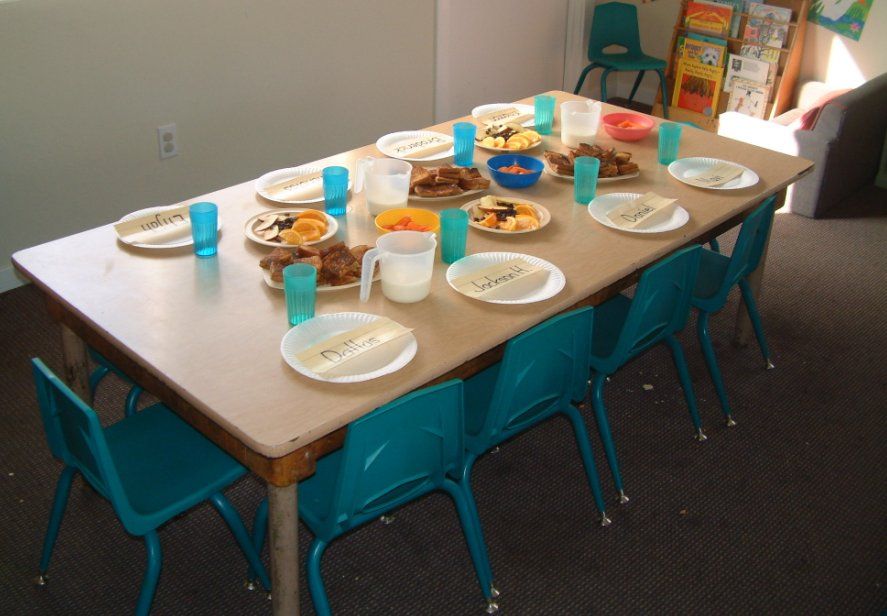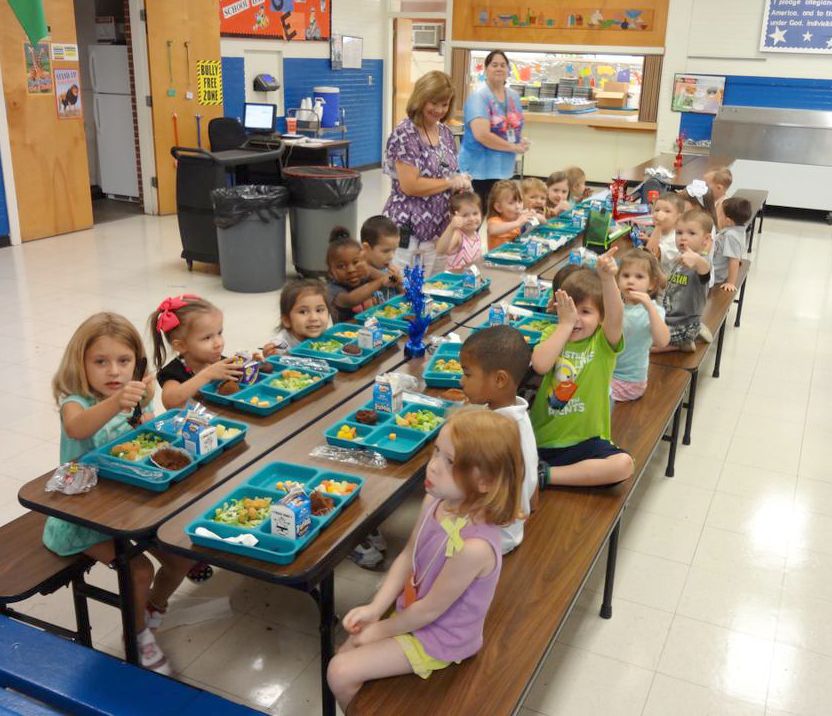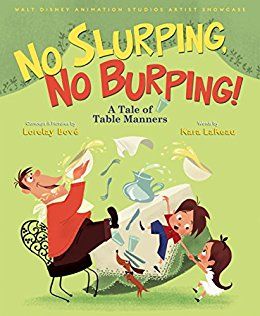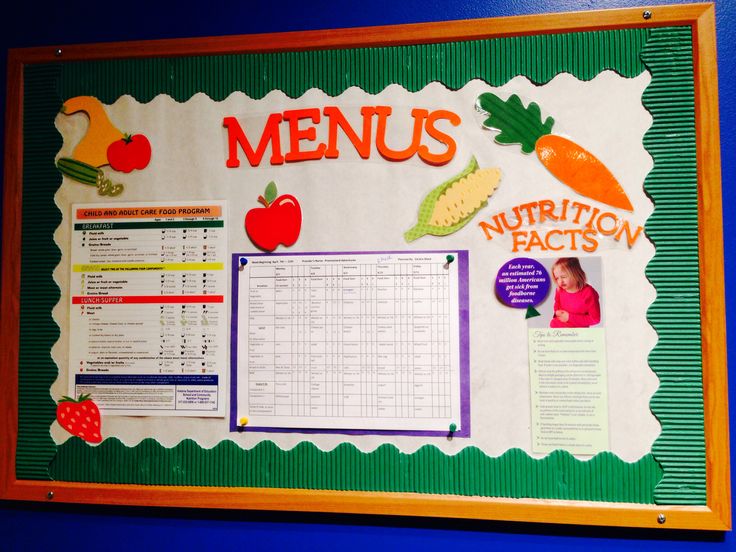How to Turn the Lunchroom into a Classroom
 Lunchtime can be a great opportunity to teach children about everything from good manners to good nutrition. Since March in National Nutrition Month, we thought this might be a good time to learn about not only what we eat, but how we eat and how we behave in the lunchroom.
Lunchtime can be a great opportunity to teach children about everything from good manners to good nutrition. Since March in National Nutrition Month, we thought this might be a good time to learn about not only what we eat, but how we eat and how we behave in the lunchroom.
Mealtimes are often a fun time--and maybe even a little crazy!--for everyone. While kids are primarily focused on eating during lunchtime or snack time, these can still be used as teaching moments. Also, other opportunities in your program--such as circle time--are a great time to teach kids good eating habits. Let's explore some of the teachable moments for the lunchroom.
Respect
Showing respect to others is an integral part of everyday living for children as well as adults. Students should learn to show respect for themselves as well, and will do so naturally as their  esteem and confidence grows. Respect of other students can be shown by listening to each other during class, play and sharing toys, games and books. Children start to learn that it shows respect for another when they are kind and considerate to others.
esteem and confidence grows. Respect of other students can be shown by listening to each other during class, play and sharing toys, games and books. Children start to learn that it shows respect for another when they are kind and considerate to others.
Sharing space at a lunch table may not be as easy as it sounds. Students should learn to keep their personal food items, both those from home and those served at the table, close to themselves and to respect the space needed by their neighbors. Because lunchtime should always be a pleasant time, children will be more receptive to learning about things that they may think, initially, have nothing to do with lunch.
Responsibility
Lunchtime is an excellent time to talk with the children. They are all seated together, content with their lunches, ready to listen. The information you share with them during this period could create good lifetime habits.
Discuss how every child can accept responsibility and in doing so shows others the pride he/she carries. Talk about daily acts of responsibility, such as hanging up a backpack rather than placing it on the floor, or returning a chair to its place at the table after eating, or voluntarily picking up a book that SOMEONE ELSE has left on the floor. Ask children for other examples of how they can accept responsibility.
Talk about what happens (or what could happen) if everyone refused to accept responsibility:
- The floor would be littered with backpacks, if they weren’t hung up.
- Chairs would crowd the room, if not put back properly.
- Books would become torn and dirty, if not returned to proper shelf.
- On the street, children would be in danger if drivers did not accept responsibility for safe driving.
- Children also would be in danger if they are not careful and watchful.
Courtesy and Manners
Courtesy, of course, can mirror much of the lessons on responsibility, but calling those acts out by another name may offer another perspective. Talk with children about some act of courtesy that was shown to them within the last day or two. They may need to be reminded that saying "please" and "thank you" are important but may not always be enough.
 Children should learn to come quietly to the table, place their hands in their laps and wait for the meal to be served. Even if individual lunch boxes come from home, children can wait until all are seated before beginning their own lunches. Inside voices should always be used at the table.
Children should learn to come quietly to the table, place their hands in their laps and wait for the meal to be served. Even if individual lunch boxes come from home, children can wait until all are seated before beginning their own lunches. Inside voices should always be used at the table.
When spills happen, children should participate in the cleanup, and others should learn to accept those accidents without making fun in any way to the child who had the accident.
Leaving the table should not be an automatic thing. The child should raise their hand and ask permission. Children should know their responsibility at that time: carrying paper plates to the garbage container, or glasses to the sink, returning lunch boxes to their correct spot and pushing in their chairs. Then should know where they are to go after they have been excused from the table, perhaps to the book center until all have been excused from lunch or to get ready for rest time.
Lunchtime should be a happy, fun time and students should be allowed, within reason, to carry on their own conversations and choose their own topics. Because of this casualness there are possibilities for mischief.
The teacher should retain their sense of humor without allowing practices which are not acceptable. Blowing bubbles through a straw into one's milk will bring forth giggles from other children. Maybe a comment like "those bubbles are beautiful but this is not something that is done at the table in school". Eating spaghetti or noodles is almost an invitation to slurp and few children can't resist. Again the teacher should gently tell the child that is not the way lunch is handled in school.
Here's a video of one teacher's experience teaching table manners to her children.
Lunchtime Lessons Throughout Your Program
Making lunch time a learning time can easily be a part of your curriculum, too.
 Teaching children about the basic food groups and what makes a "healthy" meal helps them develop good nutritional habits for life! Explore choosemyplate for great tips on how to teach kids about nutrition. Also read our blog post on "Easy Ways to Eat Healthy" for more ideas on how to teach children about eating and preparing healthy foods.
Teaching children about the basic food groups and what makes a "healthy" meal helps them develop good nutritional habits for life! Explore choosemyplate for great tips on how to teach kids about nutrition. Also read our blog post on "Easy Ways to Eat Healthy" for more ideas on how to teach children about eating and preparing healthy foods.
Counting the students who will be eating lunch could be part of the circle time assignments. Study of the alphabet and the writing of their own name can be tied into the preparation of table mats for each child will have his/her name on the back of their mat. Early on in the school year, after you have had discussions about the importance of lunch time procedures, table mats can be made inexpensively and easily. These can be a keepsake for parents at the end of the school year.
If learning to tell time is part of your curriculum, let the children know what time they will be asked to begin preparing for lunch. You can even create a specially drawn clock which shows the time of lunch. As you talk about the responsibility each child has at lunchtime, possibly an art period could be devoted to drawing clocks and placing the hands at different times.
The teacher may try lunch topics if children seem restless or unable to talk quietly with each other. Each child should be given an opportunity to participate with such topics as "My Favorite Pet", or "My Vacation", or "Why (insert color) is my favorite color", or "When I Grow up..." and "On the way to school I saw...". These should not be used every day, as children should be encouraged to carry on their own conversations and talk about their own interests as well.
For more information about good nutrition and lunchtime behaviors, try our online child care classes: